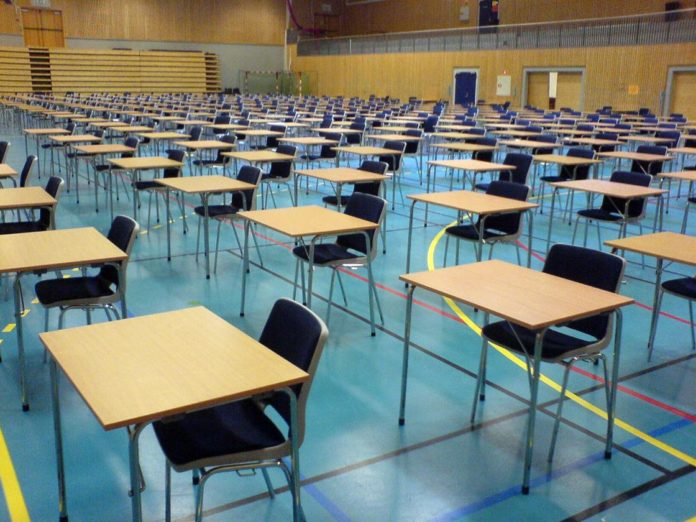On August 8, the higher education and training minister, Blade Nzimande released a draft policy for the recognition of South African Higher Education Institutional types. The policy has been gazetted for comment until September 7 2022. Here are some of the things contained in the draft policy.
The policy, if passed , will affect the classification requirements of universities. In terms of the criteria for higher education institutional types, the Higher Education Act (Act 101 of 1997) provides for three types. These are higher education colleges, university colleges and universities. The act says that the minister can determine the scope and range of operations of the institutional types. This includes funding, planning and reporting.
READ THE FULL DRAFT POLICY here
RELATED:
Blade Nzimande: Funding to be re-prioritised for higher education
Chapter seven of the act says that private higher education institutions wishing to operate as higher education colleges, university colleges and universities must first be registered as private higher education institutions.
Currently, there are 11 traditional universities, 9 comprehensive universities, and 6 universities of technology (UoTs). All together these make up the 26 public universities in South Africa. All three of the institutional types are defined in the act.
“Higher education colleges have a relatively limited range and scope, focusing on undergraduate and skills development programmes. University Colleges are introduced as institutions to enable the developmental growth of new universities under the trusteeship of an established university. Universities are engaged in undergraduate and postgraduate higher education, knowledge production (research) and community engagement.”
The draft policy quotes recommendations from various white papers over the years. It mentions that the 2013 White Paper for Post-School Education and Training envisages a system comprising “a diverse range of educational institutions and institutional types…” The White Paper also “propagates for bridging between vocational or occupational programmes and academic programmes in order to promote articulation”.
RELATED:
Lack-cess to education – the cycle of abuse against South African students continues
The draft policy therefore seeks to provide criteria for the recognition of different higher education. It aims to change the range, scope and governance. This is to set the scope and range of operations for the institutional types. Additionally it’s to provide a higher education structure that is ‘well-suited to accommodate the varying backgrounds, needs, interests and abilities of the students of the future…” This is in line with the recommendations from the White Paper.
This simply means that the higher education institutions will need to live up to the recommendations placed upon them. They need to do a broad range of published research, must contribute to their local community, and must offer a lot of doctoral options.
With regards to the application of the policy, failure to comply with the criteria will mean that their official status will be reviewed. All institutions will be monitored through the existing reporting regulations. It applies for both private and public higher education institutions.
After the review process, the institution may be declared as a different institutional type. Private higher education institutions that fail to meet the criteria will be subject to deregistration and/or change in registration.
The draft policy will be effective from the date of publication of the gazette.









